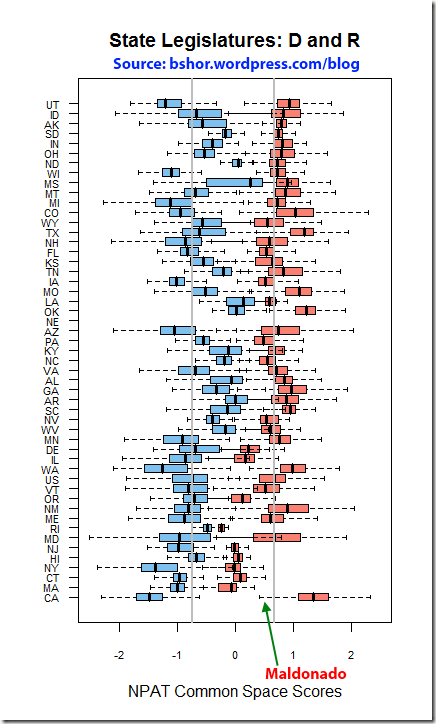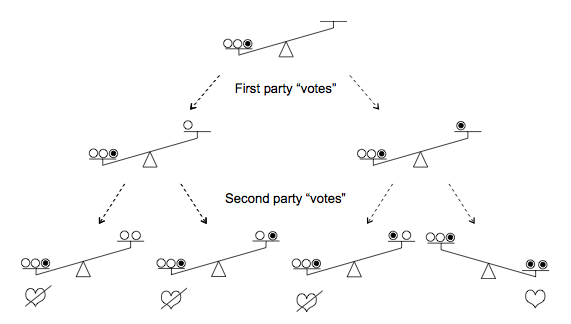A few people recommended this long talk by Van Jacobson, one of the many fathers of the Internet where in he argues for the need with a break with the past, something new in network architecture. What he is saying here has some overlap with stuff I’ve been interested in, i.e. push.
He argues that we have settled into usage patterns that are at odds with what TCP/IP was designed for. This is obvious, of course. TCP/IP was designed for long lived connects between peers; but what we use it for today is very short connections were one side says “yeah?” and the other side replies with, say, the front page of the New York Times. I.e. we use it to distribute content.
And so he argues for a new architecture. Something like a glorious p2p proxy server system. You might say “yeah?” unto your local area and then one or more agents in your local area would reply with, say, the front page of the New York Times.
The talk is a bit over an hour and fun to listen to. There is much to chew on, and like he says, it’s a hard talk to give. In a sense he’s trying to tempt his listeners into heading out into a wilderness. I’m not sure on the one hand he appreciates how much activity is already out there, in that wilderness. On the other hand switching to a system like this requires getting servers to sign a significant portion of their content to guard against untrusted intermediaries. There are reasons why that hasn’t happened. That he never mentions push bothers me. He points to a few systems that he finds interesting in this space, but I don’t think the ones he mentions are particularly interesting systems.
These are provocative ideas. Very analogous to the ideas found in the ping hub discussions and the peer to peer discussions. It would be fun to try and build a heuristic prefeching/pushing privacy respecting http proxy server swarm along these lines. No doubt somebody already has.

 This long essay on Trolls (or
This long essay on Trolls (or 



 I liked
I liked 